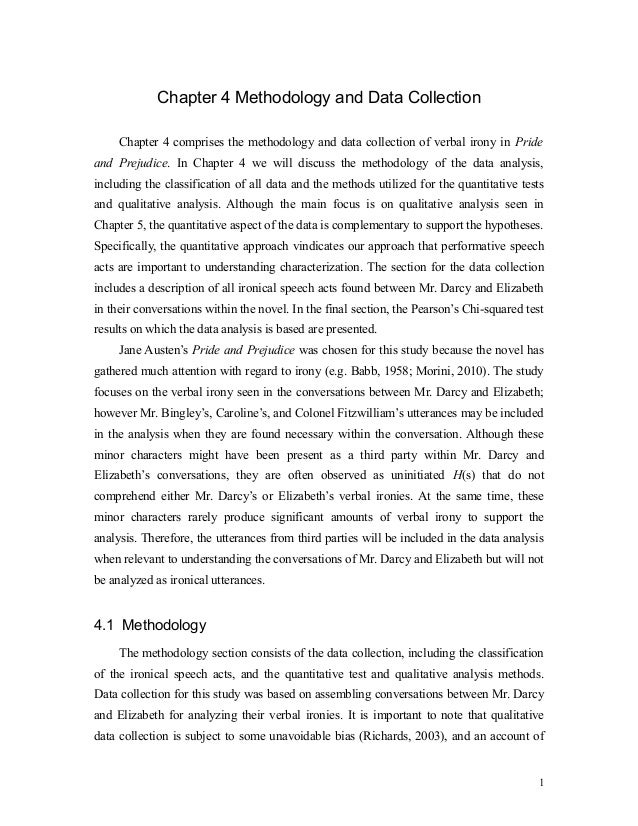
MORE THAN ANOTHER NEWSLETTER
Abstract This is the fourth in a series of 7 lectures on dissertation support. It covers, methodology, method, conceptual frameworks and data collection techniques including questionnaire design Methods of Primary Data Collection Questionnaire Method Interviews Method Focus Group Discussion (FGD) Participatory · Here are some of the dissertation data collection methods that you should use to collect data for your dissertation. Self-report This method of data collection involves questioning a certain number of participants and getting answers to a given set of questions. Questionnaires or interviews are the most common types of self-report

Primary Research Strategy
Methods of Primary Data Collection Questionnaire Method Interviews Method Focus Group Discussion (FGD) Participatory · This dissertation data collection method involves collecting data from a small group of people, usually limited to The whole idea of focus groups is to bring together experts on the topic that is being investigated. The researcher must play the role of a moderator to stimulate discussion between the focus group members · Interviews, focus groups, and ethnographies are qualitative methods. Surveys, observations, archival research, and secondary data collection can be quantitative or qualitative methods. Carefully consider what method you will use to gather data that helps you directly answer your research questions. Step 3: Plan your data collection procedures
Table of contents
· Interviews, focus groups, and ethnographies are qualitative methods. Surveys, observations, archival research, and secondary data collection can be quantitative or qualitative methods. Carefully consider what method you will use to gather data that helps you directly answer your research questions. Step 3: Plan your data collection procedures Abstract This is the fourth in a series of 7 lectures on dissertation support. It covers, methodology, method, conceptual frameworks and data collection techniques including questionnaire design · 7 Data collection methods There are multiple data collection methods and the one you’ll use will depend on the goals of your research and the tools available for analysis. Let’s look at each one in turn. 1. Close ended question surveys Close ended survey questions fall under quantitative primary data collection

Introduction
2 days ago · Methods of quantitative data collection and analysis include questionnaires with closed-ended questions, methods of correlation and regression, mean, mode and median and others. Quantitative methods are cheaper to apply and they can be applied within shorter duration of time compared to qualitative methods · 7 Data collection methods There are multiple data collection methods and the one you’ll use will depend on the goals of your research and the tools available for analysis. Let’s look at each one in turn. 1. Close ended question surveys Close ended survey questions fall under quantitative primary data collection · Interviews, focus groups, and ethnographies are qualitative methods. Surveys, observations, archival research, and secondary data collection can be quantitative or qualitative methods. Carefully consider what method you will use to gather data that helps you directly answer your research questions. Step 3: Plan your data collection procedures

CATEGORIES
· 7 Data collection methods There are multiple data collection methods and the one you’ll use will depend on the goals of your research and the tools available for analysis. Let’s look at each one in turn. 1. Close ended question surveys Close ended survey questions fall under quantitative primary data collection · Based on the data you want to collect, decide which method is best suited for your research. Experimental research is primarily a quantitative method. Interviews, focus groups, and ethnographies are qualitative methods. Surveys, observations, archival research and secondary data collection can be quantitative or qualitative blogger.comted Reading Time: 9 mins 2 days ago · Methods of quantitative data collection and analysis include questionnaires with closed-ended questions, methods of correlation and regression, mean, mode and median and others. Quantitative methods are cheaper to apply and they can be applied within shorter duration of time compared to qualitative methods
No comments:
Post a Comment